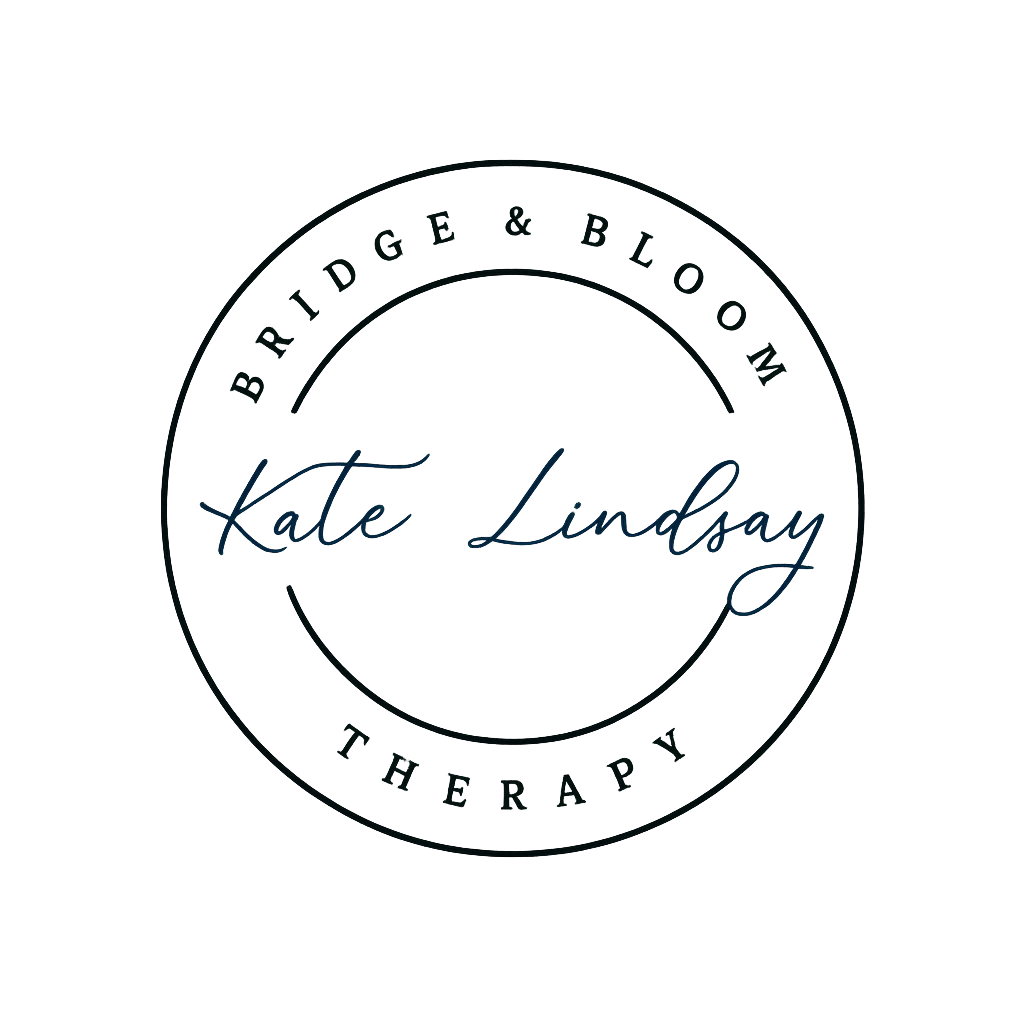Understanding Anxiety Through Connection
Understanding Anxiety Through Connection
Anxiety is more than a quickened heartbeat or racing thoughts—it’s a signal that something within us feels unsafe, uncertain, or disconnected. While we often think of anxiety as an internal problem to “manage,” a relational perspective helps us see how anxiety arises in the context of our relationships—with ourselves, others, and the world around us.
What Is Anxiety?
Anxiety is our nervous system’s way of keeping us alert to potential threats. In small doses, it can sharpen our focus and motivate action. But when anxiety becomes persistent or overwhelming, it can interfere with our daily lives, relationships, and sense of well-being.
Common signs include:
Constant worry or rumination
Physical tension (muscle tightness, headaches)
Restlessness or difficulty settling
Avoidance of people, places, or situations
A Relational Perspective
At Bridge & Bloom Therapy, we understand that anxiety often reflects deeper relational patterns:
Self-Connection
Anxiety can surface when we feel disconnected from our own needs and feelings. We may be so busy “doing” that we lose touch with what our body and heart are trying to tell us.Connection to Others
Worry about how we’re perceived, fear of judgment, or past relational wounds can fuel anxious thoughts. When trust in close relationships is fragile, our nervous system stays on high alert.Connection to the World
In an unpredictable world, it’s natural to feel on edge. But without a stable relational foundation, global uncertainties can feel overwhelming.
How Relational Therapy Helps
Rather than offering quick fixes, relational therapy focuses on how being truly seen and met—by both therapist and self—can calm the nervous system and begin to dissolve anxious patterns.
Safe Presence
In our sessions, you’ll experience what it feels like to be held in a steady, compassionate relationship. This new relational experience can reassure your nervous system that you’re safe.Reflective Dialogue
We’ll explore the stories you tell yourself about danger and safety, grounding our work in concrete, present-moment experiences rather than abstract interpretation.Embodied Awareness
By tuning into physical sensations—where tension lives in your body—we learn practical ways to soothe and regulate anxiety in real time.
Practical Steps Between Sessions
Notice Your Nervous System
Pause a few times a day to ask, “Where am I feeling tension?” Name it (e.g., “I notice tightness in my chest”).Grounding Rituals
Try a simple 4-7-8 breathing exercise: inhale for 4, hold for 7, exhale for 8. Practice in a safe space.Relational Check-In
Tell a friend or journal about one moment you felt seen or supported. Small doses of connection build resilience.
When to Reach Out for Support
If your anxiety:
Is constant or worsening
Impacts your work, relationships, or sleep
Feels unmanageable despite self-help efforts
…a relational therapeutic relationship can be a powerful path forward.
Take the First Step
Bridge & Bloom Therapy offers a free 15-minute consultation to explore how relational psychotherapy can help you feel safer in yourself and your connections.
👉 Book your free call
🌐 Online sessions across the UK | Confidential & compassionate
You don’t have to face anxiety alone. In connection, healing begins.


